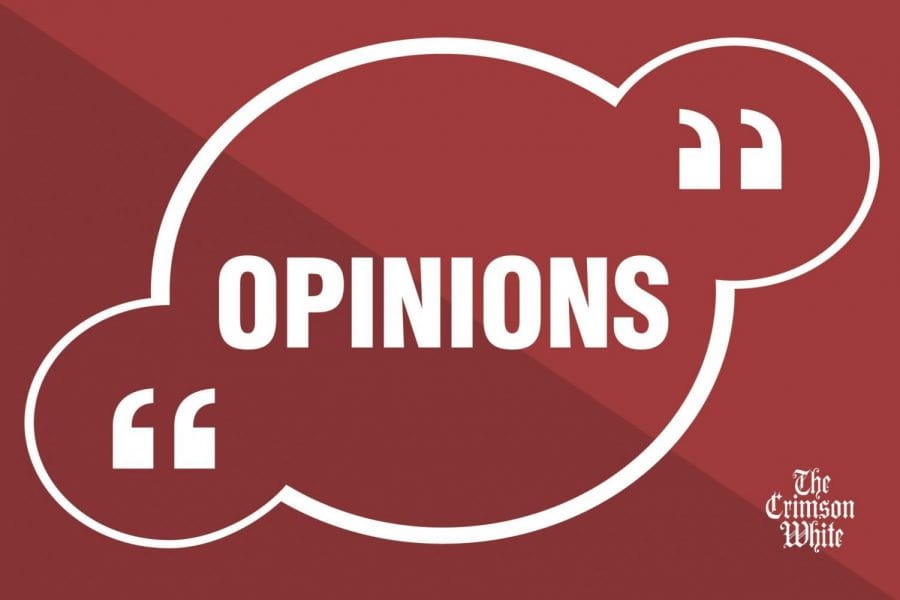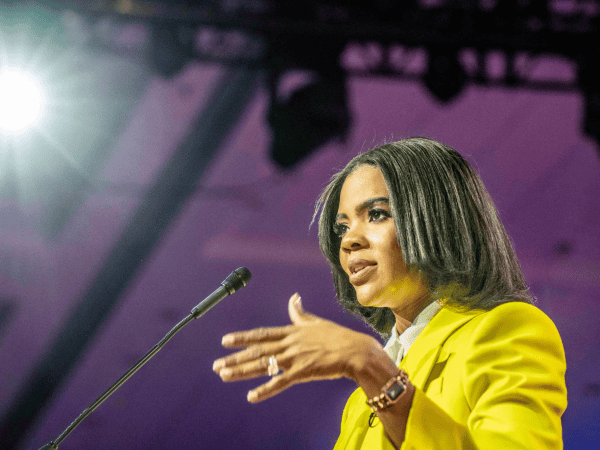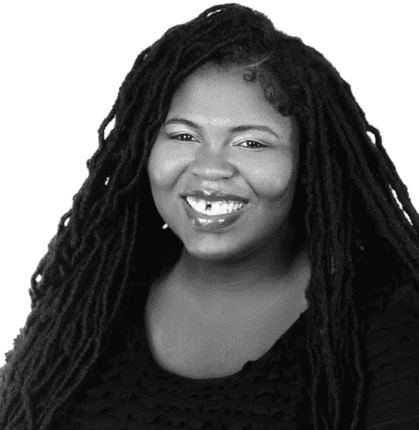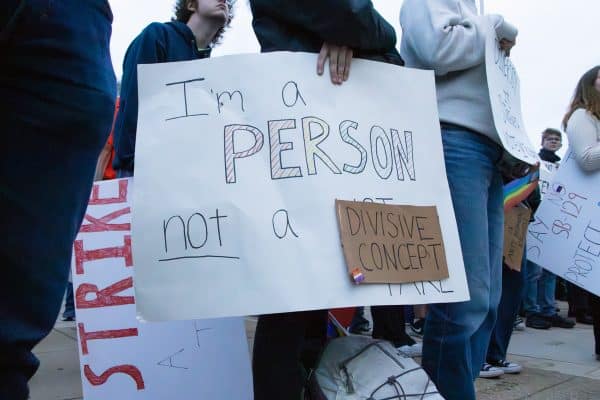We need intellectual diversity in women’s studies
August 30, 2018
Indoctrination and education are two very different things. The latter has a place in American classrooms, while the former is rightfully shunned from academic environments.
Accordingly, college classes are supposed to hone students’ critical reasoning skills to understand subjects based on indisputable facts and analyze conflicting views. In contrast, the practice of indoctrination relentlessly promotes one view or ideology, while mischaracterizing or simply ignoring differing perspectives.
Imagine how harmful it would be if universities engaged in indoctrination instead of education. Well, you don’t have to imagine; you could just enroll in Women’s Studies 200.
The mission statement of the department of gender and race studies at The University of Alabama indicates the massive gap between its core objectives and those of virtually every other field of study at UA. Rather than teaching objective facts or exploring contrasting perspectives, “[the Department] is committed to examining and producing knowledge that promotes social justice approaches to gender and race inequities.”
For example, according to the department website, a minor in women’s studies requires “the knowledge that sexism, homophobia, racism, classism, heterosexism, nationalism, colonialism, and other systems of oppression demand critical responses.”
Combine that list of “-isms” with the stated commitment to “social justice approaches,” and the women’s studies curriculum begins to resemble a political doctrine much more than nuanced scholarship.
While the mission statement of the women’s studies program suggests the curriculum’s inherent bias, sitting in on a class confirms it. I accompanied a friend to his WS 200 class this week to get a better perspective on what hundreds of students at the University “learn” on a weekly basis.
Early in the class, the professor put an important question on the smartboard: “What is the patriarchy?”
The professor proceeded to explain that the patriarchy exists in America as a hierarchy of racist, sexist and classist roles that are enforced by the ultimate oppressors: wealthy, straight, white males. Its injustices are perpetuated by “violence,” both “physical and non-physical.”
Everything that followed in the class operated on the assumption that the white male patriarchy was a dominant influence in modern America and feminism’s main adversary.
Like an objective rule of grammar, law of thermodynamics or principle of math, it was accepted without any dissent that a white male patriarchy existed, and we were all – whether “knowingly or unknowingly” – agents or victims of its oppression.
To make this fundamental premise explicitly clear, the teacher asked, “What color of people were at the top of the patriarchy?”
The class murmured in unison, “White.”
“…at the bottom?”
“Black.”
“Which sex was at the top?”
“Men.”
“…at the bottom?”
“Women.”
Simple as 2 + 2 = 4.
There was no critical examination of how in a country where gay marriage, abortion and gender-neutral pronouns are government-supported norms, the patriarchy is in any tangible way oppressing anyone.
Additionally, due to the nature of the patriarchy, the professor said “feminism is not a quest for equality.” It was surprising to hear her say that, but her reasoning made sense.
After all, equality within the framework of a patriarchal system would simply grant women and minorities the equal right (which white males possess) to oppress others. Feminism, therefore, explicitly requires the political obligation to abolish countless “systems of domination,” including the traditional definition of marriage, the limitation of sex within the confines of marriage and motherhood as an integral part of womanhood.
The professor admitted some women would reject feminism based on misconceptions, fear, ignorance or self-interest, but she never suggested any women could have defensible, intellectual objections to the feminist view of the world. With over 50 percent of millennial women not considering themselves feminists according to a poll conducted by Refinery29 and CBS News, this seems to be incredibly inaccurate.
Despite using the inclusive title of women’s studies, only varying degrees of third-wave feminism are promoted within the course. This would be like a philosophy department that simply touts the virtues of one philosophy or a political science department that only advocates on behalf of one political view.
For example, women’s studies courses are obsessed with the racial and gender disparities that exist in various levels of our society, but only up to the point that it supports the modern feminist narrative.
The overwhelming majority of elementary and early childhood teachers are females, and 90 percent of federal inmates are men. 80 percent of NBA players are African American, and white males currently commit suicide at a much higher rate than any other demographic group.
Yet, these disparities are unlikely to be covered in women’s studies because they do not conform to feminists’ patriarchal conception of the world.
Serious issues deserve serious analysis, and there is no doubt that gender and racial topics deserve scholarly attention. However, alternative approaches to those issues exist outside of the patriarchy paradigm. The University of Alabama’s department of race and gender studies should start exploring them.











